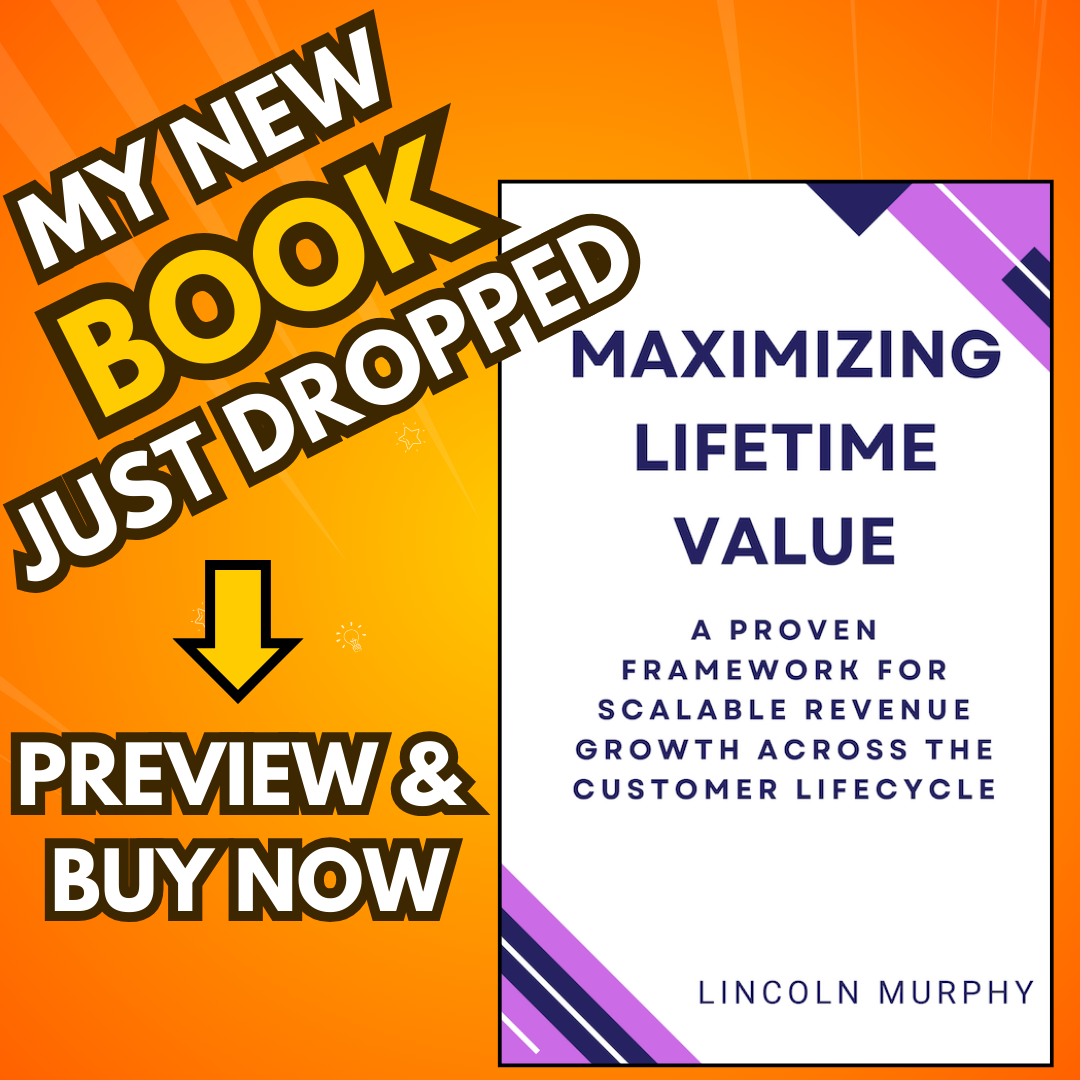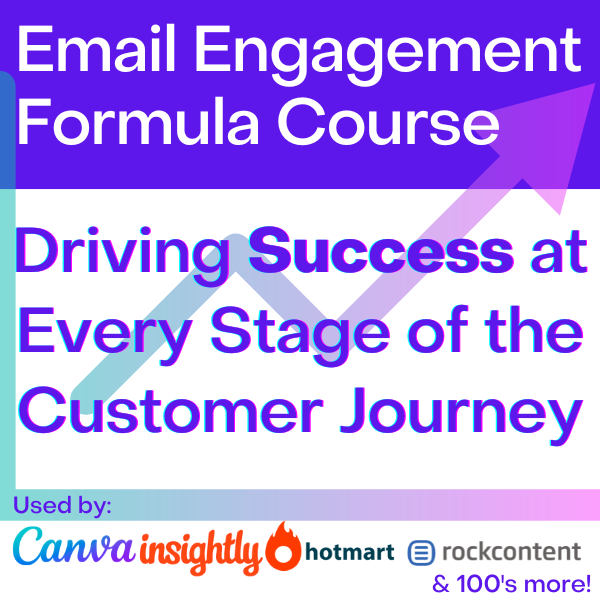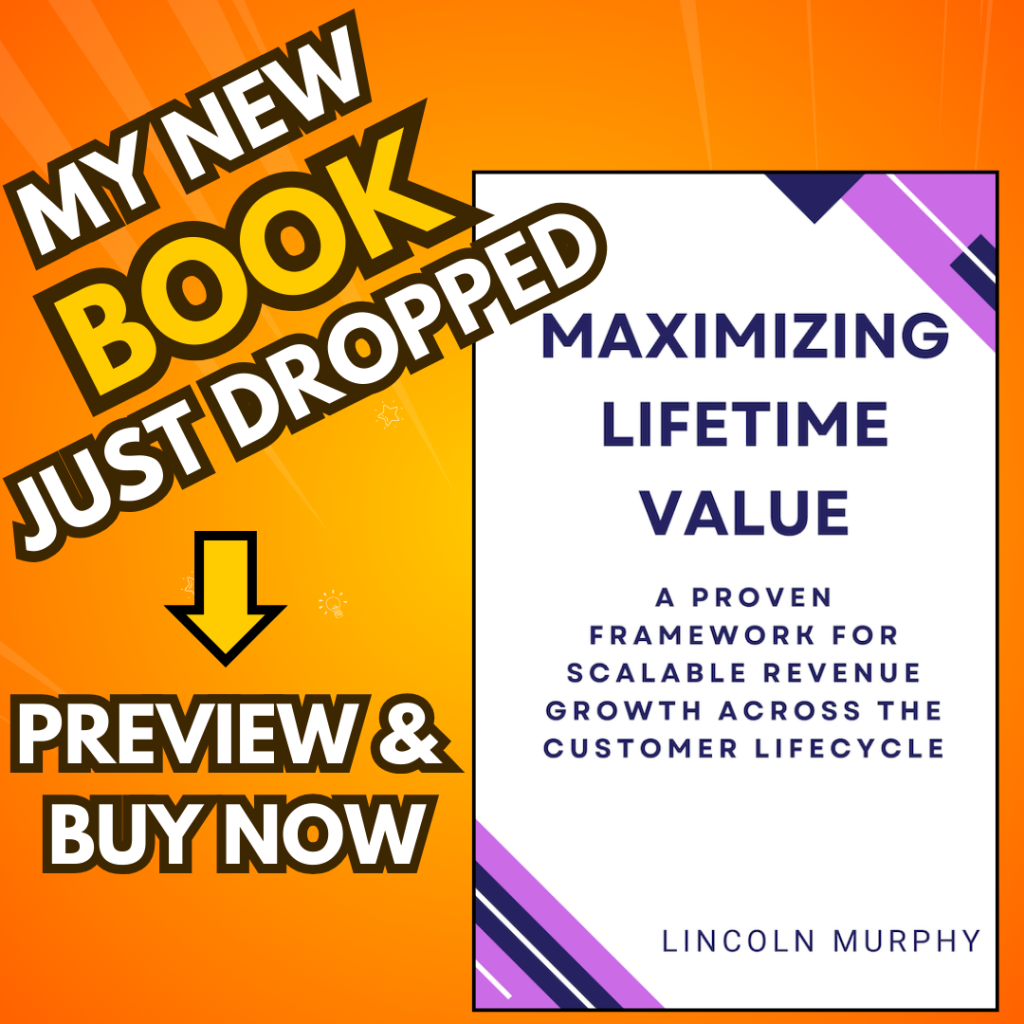
Most companies approach growth as a simple equation: acquire more customers, keep them happy, and hope they stay. But companies that truly scale don’t just retain customers—they grow them.
Customer Lifetime Value (LTV) is the total revenue a customer generates while they remain your customer. If you want to increase LTV, you have two levers:
- Get customers to stay longer—ensuring they continue seeing value over time.
- Get them to buy more, more often—helping them recognize and act on opportunities to deepen their relationship with your business.
This isn’t just about keeping customers—it’s about making each customer relationship as valuable as possible. And it doesn’t happen by accident. Companies that maximize LTV do it by design, systematically driving expansion across the customer lifecycle.
Let’s walk through key principles from the LTV:Max Framework that make this possible.
1. Retention is Just the Launchpad—Not the Goal
Retention is necessary, but it’s not enough. Too many companies treat retention as the ultimate success metric, assuming that if customers don’t leave, everything is fine. The truth? Retention without progress is just delayed churn.
Successful companies don’t just keep customers—they ensure customers continue making progress. Every renewal should be a natural next step, not a last-minute scramble to justify value.
What to do:
- Align retention efforts with progress milestones. Customers who achieve meaningful progress are naturally more likely to stay.
- Stop treating renewals as a contract conversation. Instead, frame it as a moment of progress: “Here’s what we’ve achieved so far—let’s talk about where we go next.”
- Use leading indicators of retention, like Value Velocity (how quickly a customer realizes value), rather than lagging indicators like churn rates.
2. Fix Acquisition—Because LTV Starts Before Someone Becomes a Customer
Most businesses think about retention and expansion only after a customer signs a contract. But LTV starts at acquisition. If you bring in the wrong customers—those who won’t get long-term value from your product—nothing you do later will change that.
When sales teams push for big, bloated deals that over-promise and under-deliver, you set yourself up for failed adoption, weak retention, and zero expansion.
What to do:
- Sell to progress milestones, not revenue ceilings. Instead of forcing the biggest deal upfront, structure the sale around an initial success milestone that naturally leads to expansion.
- Qualify based on expansion potential, not just likelihood to close. The best customers aren’t the ones who just buy—they’re the ones who will grow with you.
- Align sales incentives with long-term LTV, not just new business revenue. Reward reps for closing the right customers, not just any customers.
3. Drive Adoption Like It’s a Revenue Motion
Adoption isn’t about feature usage—it’s about ensuring customers reach first value fast, setting them up for ongoing progress. If adoption stalls, expansion never happens.
What to do:
- Separate Breadth and Depth adoption. Breadth ensures all users get engaged, while Depth ensures they reach key milestones that unlock future expansion.
- Track Time-to-First-Value (TTFV). The faster customers experience value, the more likely they are to expand.
- Use Value Velocity to measure adoption success, rather than simple usage metrics. It’s not about how often they log in—it’s about how quickly they move forward.
4. Orchestrate Expansion—Don’t Just Hope It Happens
Expansion is the key to increasing LTV. Yet most companies treat it as an afterthought, something that only happens when the customer asks for more. That’s a missed opportunity. Expansion should be a designed, repeatable motion, not an occasional win.
What to do:
- Use progress milestones to trigger expansion plays. If a customer has achieved X, they’re ready for Y.
- Bake expansion into the customer journey from day one. Set expectations early that they will grow with your solution.
- Move beyond reactive QBR-driven upsells. Expansion should be ongoing, not tied to renewal cycles.
5. Align the Business Around Value Delivery
LTV doesn’t grow when teams operate in silos. Too often, Sales is focused on closing, Success is focused on retention, and Product is focused on shipping features—none of which directly drive expansion. Companies that maximize LTV break down these silos and unify teams around customer progress.
What to do:
- Treat expansion as a shared company objective, not just a CS or Sales goal.
- Align incentives across teams. If everyone wins when LTV grows, expansion becomes a natural part of how you operate.
- Measure NRR and Expansion ARR as primary growth metrics—not just new sales bookings.
The Bottom Line: Growth is Designed
Maximizing Customer Lifetime Value doesn’t happen by accident. It’s not about luck, and it’s definitely not about just getting better at retention. It’s about orchestrating customer progress at every stage—from acquisition to expansion.
Companies that get this right don’t just keep customers longer—they turn them into ongoing revenue engines.
Want to go deeper on this and get a full framework for maximizing LTV in your business? Grab my book, Maximizing Lifetime Value: A Proven Framework for Scalable Revenue Growth.



